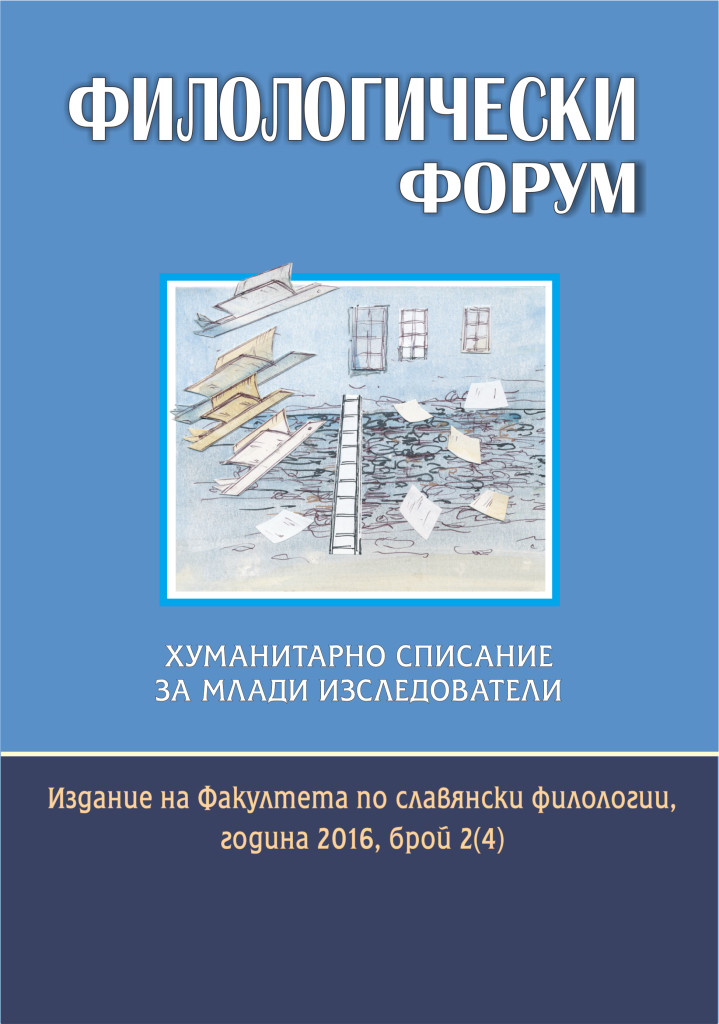
We kindly inform you that, as long as the subject affiliation of our 300.000+ articles is in progress, you might get unsufficient or no results on your third level or second level search. In this case, please broaden your search criteria.



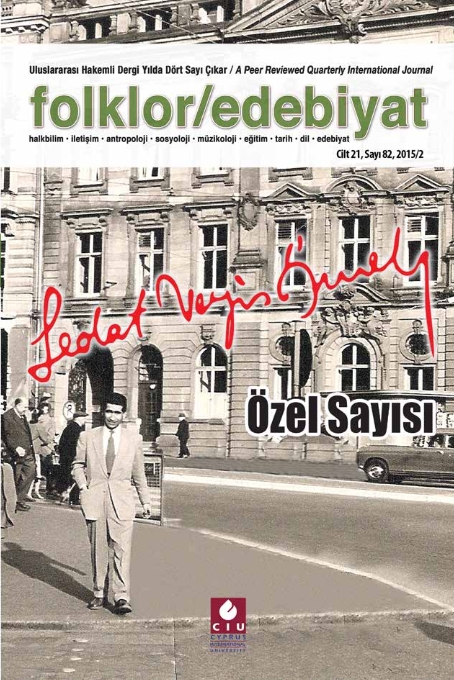
Remaining in Memory (Texts of Sedat Veyis Örnek)
More...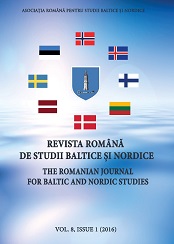
The history of the Romanian Principalities was particularly tumultuous during the modern period, given that they were situated in a geographical area of great interest for three large empires: the Ottoman Empire, the Austrian Monarchy and Russia. As a result, the political regime established in Moldavia and Wallachia in the 18th century and which lasted until 1821 bore all the hallmarks of Orientalism as expressed by rulers, namely the most profound corruption at all administrative levels, an utter lack of interest regarding the people’s welfare and the unremorseful pursuit of their own interests.The Nordic and Russian travellers were acutely aware of all these problems and considered that the Ottomans were the only ones to blame for this deplorable state of affairs. Unfortunately, with time, some of the shortcomings associated with the Phanariot regime became unmistakable traits of Romanian political behaviour which persisted well into the 20th century. Nevertheless, some of the travellers also remarked the adoption of a number of reforms with highly beneficial effects for the Principalities between 1711/1716 and 1821 and, at least apparently, the period when General Pavel Kiseleff was governor of Moldavia and Wallachia was an especially prolific one in terms of reversing some of the damage caused by the Phanariots.However, one of the limitations of using travel literature as a source is that it needs to be treated with extreme care when it comes to establishing the boundaries between truth and fiction, as well as between innocent observations and decidedly dishonest interpretations. The aim of the present study is thus to present all of the above-mentioned political evolutions as they were seen by foreign travellers, whilst also questioning and unravelling the latter’s motives for depicting a certain image of the Romanian Principalities’ political elite.
More...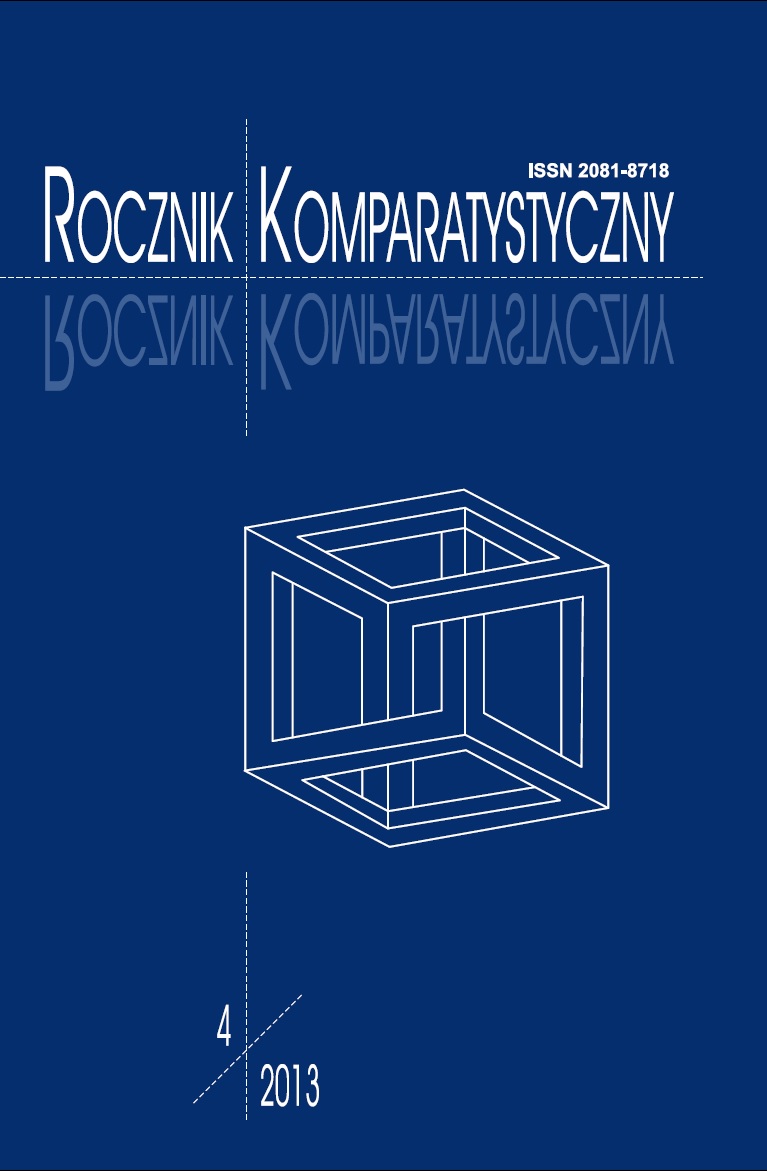
The article analyzes Jerzy Ficowski’s translations of poems by Papusza—a Romani poet who was “discovered” by the author of Demons of Somebody Else’s Fears for the non-Romani reading audience in the late 1940s and early 1950s. The comparison of literal and poetical translations leads to the following conclusions: Ficowski’s translation consistently blurred the oral characteristics of this poetry, gave it a more dialectal character and eliminated some of its content linked to the Romani culture. The research methodology is based on the latest translation theories and postcolonial studies, which allows the author to extend the reflection to comprise other types of contexts, namely: biographical (Papusza’s and Ficowski’s meeting and its memory), social (the communist program of: “productiveness” and its impact on Papusza’s career), and anthropological (the consequences of the alleged “betrayal the secrets of Roma” by Papusza, and Ficowski’s ethical responsibility as anthropologist).
More...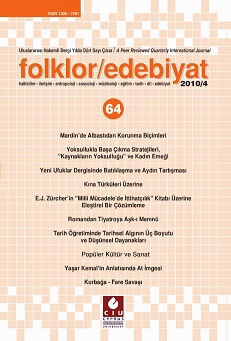
İ.Ö.VI. yüzyılda İlyada ve Odysseia destanlarının metni son biçimini almış ve bunlar hem Atina’da kutlanan büyük Panathenaia şenliklerinde hem de gezgin ozanlar tarafından özel gösteri ya da yerel şenliklerde okunmuşlardır. Ama Homeros yalnızca insanları eğlendirmeye hizmet etmemiş, en önemlisi klasik dönem boyunca eğitimin temeli olmuştur. Aslında epik gelenek Yunan tarihinin çok daha gerilerine dek uzanır ve Homeros’tan sonra da devam eder. Özellikle, Yunanistan’ın şanını yücelten Homeros’un İlyada destanı, yok olmuş savaşçı ve feodal bir toplumun zaferini ve yaşam ülküsünü yansıtmıştı. Epik şiire can veren bu kahramanlık dünyası Homeros ile sona ermiş olmakla birlikte, epik gelenek bir edebiyat etkinliği olarak varlığını sürdürmeyi devam edecek ve Yunanistan’da uzun süre bu büyük ozanın çizgisinde yaratılan epik eserlerin Homeros’a bağlanmasına yol açacaktı.
More...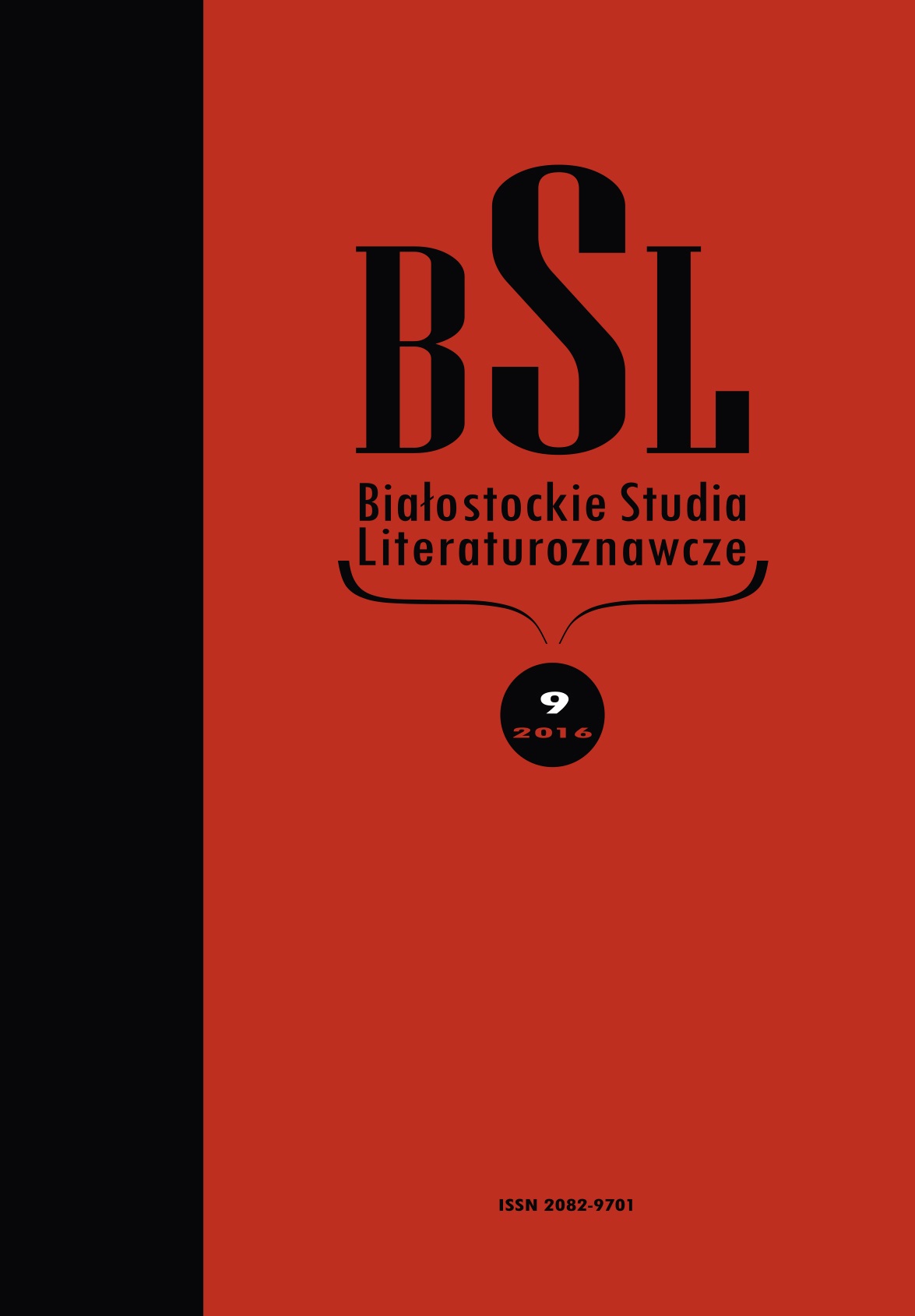
The article interprets Leśmian’s poetic figure of home. It indicates emptiness, the sense of mourning after losing oneself, but paradoxically it also denotes renewal of life energy and the source of vitality. Here the lexical items such as “strangeness”, “alienation” and “emptiness” interact to form the fundamental concept of home. The author investigates the tensions between the contradictory states of existential uncertainty and the desire to be “at home” and to belong somewhere. Finally, Leśmian’s works illustrate the conviction that in this destabilized world it is through relating to others that we find stability, if only temporarily.
More...
The article concerns the problem of revenge in Henryk Sienkiewicz’s Trilogy. It was distinguished and described two models of it. The first one is spontaneous, irrational, and emotional; the second one – i.e. clan revenge – is conceptual, and perfectly executed. The article examines such problems as: a circulations of violence, kinds of personal engagements in it (as subject, object and victim), and its effects.
More...
The article discusses different approaches towards the theme of pastoral in tree narratives by Andrzej Stasiuk: Opowieściach galicyjskich (translated as Tales of Galicia), Jadąc do Babadag and Nie ma ekspresów przy żółtych drogach. Because the works were published over the period of two decades, one may detect the dynamic changes in how the countryside is portrayed. In the early 1990s Stasiuk incorporates Arcadian myth in his descriptions of provincial life but, at the same time, subverts its potential to bring happiness. The conviction that country life is submitted to nature and as such governed by instincts seems dominant. Stasiuk’s characters in Tales of Galicia follow the paths of Arcadian shepherds. The author pursues this way of reading pastoral in the following years. Furthermore, his interest in Central Europe in the collection Jadąc do Babadag extends his idyllic vision. It reaches beyond post-soviet agricultural farms of Lower Beskids to the territory which stretches from the Baltic to the Adriatic. The entire region in its pastoral realm seems to follow laws of nature. Stasiuk’s recent narratives, however, indicate that this gigantic countryside of Central Europe is gradually shrinking and disappearing. His writings assume the tone of elegy and nostalgia.
More...
The article presents the image of Jerusalem of the 1950s. Despite the realistic topography of the Holy City in My Michael, the line between the imagery of urban space and the world of the protagonist’s inner experiences has been blurred. The labirynth-like space of Jerusalem becomes not only the material equivalent of Hanna’s deteriorating mental health, but also a universal metaphor of loneliness, madness and suffering.
More...
We have not yet explored the potential of “law and literature” studies for humanizing the Bulgarian legal education. This paper presents the invaluable contribution of James Boyd White’s “Legal Imagination” for restoring the connections between law and humanities. James Boyd White urges us to see the law as a method of integration, a way of putting together different voices and languages into a single composition. At the heart of “Legal Imagination” is the idea that legal education can be a liberal education so that lawyers may accept ambiguity and uncertainty as conditions of life and acquire an increased awareness of the limits of one’s knowledge and mind. In any case the lawyer speaks to experience and in doing so defines anew the limits and capacities of her own imagination, defining herself as a person and as a mind. James Boyd White persuades us that the law is an enormously rich and complex system of thought and expression, of social definitions and practices, so that we need to expand the methodologies in our legal education to learn and master, to modify and preserve those.
More...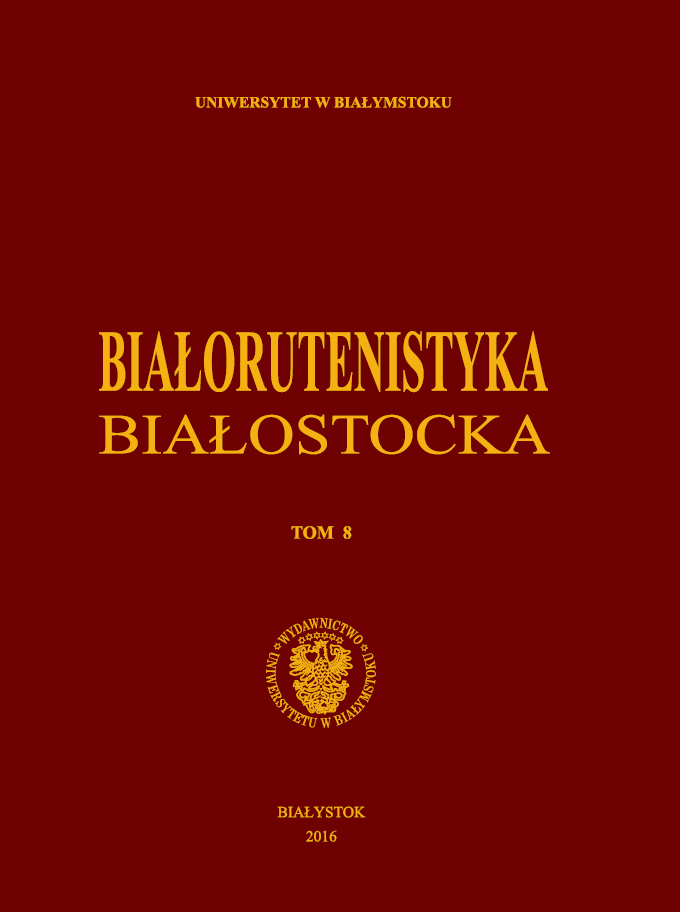
The article presents the analysis of the figurative and expressive means, subject matter and conceptual content of V. Lastovsky’s lyric poetry where the author’s view of the civic consciousness, creativity and personal sphere are rendered. Special attention is drawn to the reflection of such aesthetic issues as the national ideal of a citizen, content of literary work, the poet’s aesthetic values, personal aesthetic choice, etc. The article proves that the poetic conception of the analyzed works is the manifestation of the opinions and beliefs which become more specific, more elaborated and extended in every subsequent works (their chronology is taken into consideration). The sense-shaping components of this conception are defined and described including motherland, its defenders and foes, past, present and future life of homeland and its sons, the way to the liberation of motherland, subject and its manifestation in literary work, prerequisites to construct convincing artistic images, the author’s civic attitude, his solitude, rejection; patterns of figurative topical stability of a literary work etc.
More...
W. Syrokomla’s heritage is diverse in genres and subjects. Therefore, it becomes a rich source of research. His biography, essays, some poetic texts are widely discussed in the works of Belarusian and foreign researchers. Updating of the issues concerning the research on W. Syrokomla’s heritage eliminates the gaps in the study of the 19th century Belarusian literature and Belarusian-Polish cultural borderland. A particular attention should be paid to W. Syrokomla’s historical poems and drawn-out stories.
More...
In the article the author analyzes national content in Vladimir Gnilamyodov’s novel “Ulisses iz Pruski”. She focuses her attention on artistic epitome of self-discovery and world view processes of a hero-Belarusian who is abroad on the expression of his dignity in the world, in the neighbourhood and in comparison to other nations. The author examines ethnic features, existence, culture and moral-ethical rules of heroes who come from north-west of Brest region. She emphasizes V. Gnilamyodov’s contribution in the process of enrichment of the idea of Belarusian national character in modern multicultural environment.
More...
The article considers the axiological potential of Ivan Shamyakin’s prose written in the last period of his work, when the author managed to reach a new level of understanding and reflection of human entity. Such tales as “Krivinka”, “Slavsya, Mariya!” and the novel “Velikaya knyaginya” show both artistic evolution of Shamyakin-writer and spiritual evolution of Shamyakin-human.
More...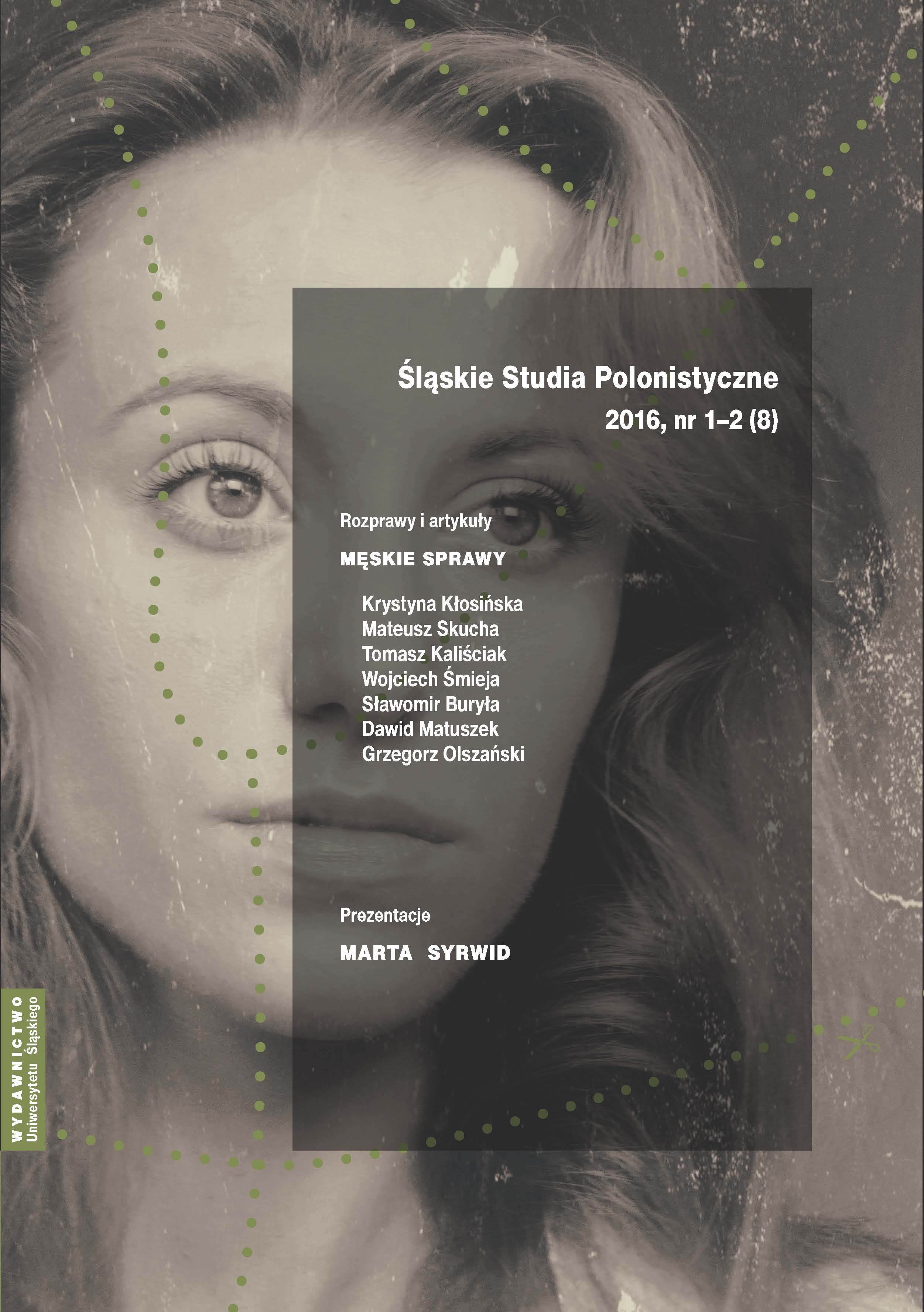
![Pisarza portret (od)tworzony [dot Kariera pisarza w PRL‑u. Red.. M. Budnik, K. Budrowska, E. Dąbrowicz, K. Kościewicz]](/api/image/getissuecoverimage?id=picture_2016_32675.jpg)
The texts included in the volume deal with the issues concerning the creation and circulation of literary works in the Polish People’s Republic. The elements of a literary career, such as recognition of an author, his or her descent or pro‑state activity, are the subject of study. The authors persuade that the social position of a writer did not always correspond with the artistic value of his or her work and that it is possible to reconstruct the transformations of the cultural politics in the Polish People’s Republic on the basis of the examination of the fate of the books handed in for evaluation to the office of censorship. The analysis of the specific careers proves the thesis that literature in the communist system could not be situated outside the cultural context and the external factors had a significant impact on the final form of the work.
More...
The article analyzes the novel “Ternistym putem”, written by a nineteenth century Polish writer Teresa Jadwiga Papi, which was devoted to the uprising of 1830–1831. The novel is considered as the author’s interpretation of the preparatory phase of the uprising, the reasons for its failure, the situation of immigrants. Educational value of the novel for young people and its place in the author’s work are discussed.
More...